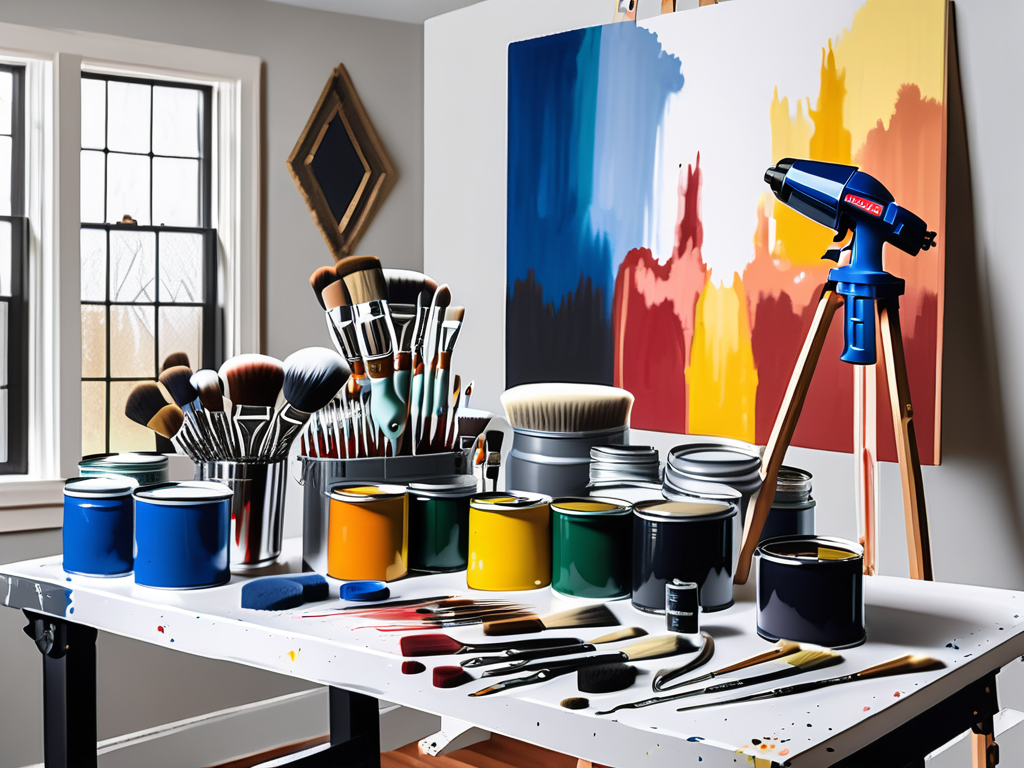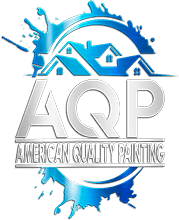When it comes to painting your home, Columbus homeowners often face a pivotal decision: should they choose to undertake the project themselves or hire professional painters? This article delves into the various aspects of both options, focusing on costs, time, and overall satisfaction to help you make an informed choice.
Understanding the Basics of Home Painting
Paining a home goes beyond merely applying color; it involves preparation, execution, and maintenance. Understanding the fundamental aspects of home painting will empower you to make better decisions, whether you decide to tackle the project yourself or enlist the help of professionals.
Key Factors in Painting a Home
Several key factors play a role in home painting, including the type of paint, the surface being painted, and environmental conditions. Each element can greatly influence the final outcome, as well as the overall cost. Choosing the right paint, for instance, is crucial for longevity and aesthetic appeal. For instance, opting for high-quality exterior paint can help resist fading from UV rays and withstand harsh weather conditions, while interior paints can be selected for their washability and finish options, such as matte or satin.
Moreover, the preparation of surfaces, like sanding or washing walls, is an essential step frequently overlooked and can impact the price and quality of the job, regardless of who does the painting. Properly prepping surfaces not only ensures better adhesion of the paint but also prevents issues like peeling or bubbling later on. This might involve patching holes, priming surfaces, or even applying a sealant on porous materials to create a smooth canvas for your paint.
Materials Needed for DIY Painting
For those opting for a DIY approach, a clear understanding of the materials necessary is vital. Basic requirements include paint, brushes, rollers, painter’s tape, drop cloths, and ladders. The costs for these materials can accumulate quickly, and selecting high-quality products can make a significant difference in the final appearance. Investing in a good-quality roller can help achieve a smooth finish, while a variety of brush sizes can aid in detailed work around edges and corners, ensuring a professional-looking result.
Additionally, homeowners might consider investing in safety gear such as goggles and masks, particularly when working in poorly ventilated areas or handling strong chemical paints. It’s also wise to have a first aid kit on hand in case of any minor accidents, as well as to familiarize yourself with proper lifting techniques to avoid strain when moving ladders or heavy equipment. Furthermore, planning the painting schedule around weather conditions can enhance the quality of your work, as humidity and temperature can affect drying times and paint adhesion.
Cost Breakdown of DIY Painting
Undertaking a DIY painting project can offer substantial savings; however, it’s crucial to evaluate the overall costs involved thoroughly. Simply estimating the paint price may lead to unexpected expenses down the line.
Initial Investment for DIY Painting
The initial investment in a DIY painting project primarily includes the cost of paint and materials. Depending on the size of the job, this figure can vary significantly. On average, a gallon of quality paint can cost anywhere from $25 to $60, and with multiple coats needed, costs can add up.
Along with paints, purchasing tools can range from $50 to $300, depending on the quality and quantity. Planning ahead for these expenses is essential, as they form the bulk of the budget for a DIY project. Additionally, if you’re considering specialty paints, such as those with low-VOC or eco-friendly options, you may find yourself paying a premium for these environmentally conscious choices. However, the investment can be worthwhile, as these products often lead to a healthier indoor environment.
Hidden Costs of DIY Painting
While the initial costs of materials and tools may seem manageable, hidden costs are often encountered. For instance, improper surface preparation can lead to additional purchases of primer or paint due to peeling or chipping.
Moreover, if unexpected weather conditions arise, particularly in Columbus’s unpredictable climate, costs might increase due to delays or the need for additional materials. These factors can undermine the budget efficiency of DIY painting if not adequately accounted for. It’s also important to consider the time investment; while you may save money by doing it yourself, the hours spent on preparation, painting, and cleanup can add up, leading to a hidden cost in terms of your personal time and effort. Additionally, if you’re not experienced, you may find yourself needing to redo sections, which could double your paint costs and extend the timeline of your project significantly.
Analyzing the Cost of Professional Painting
On the contrary, professional painting offers convenience and assured quality but comes with its own set of costs to consider. It is essential for homeowners to dissect professional quotes to understand what they include and if they fit within budgetary constraints.
Understanding Professional Painting Quotes
When obtaining quotes from professional painters, Columbus homeowners should look for detailed breakdowns. Quotes typically include labor, materials, and any additional costs. Being informed about what’s included aids in comparing different services accurately.
Additionally, it’s wise to inquire about the experience and ratings of the professionals involved. Investing in reputable contractors can pay off in terms of quality and reliability, but it might also raise the price.
Additional Costs in Professional Painting
Besides the basic quote, homeowners should be aware of potential additional costs. These might include special requests such as intricate designs, higher quality paints, or extensive preparation work that wasn’t factored into the initial estimate.
It is also essential to consider the costs associated with post-service cleanup. In some situations, professionals may not be responsible for cleaning up the project space, leading to additional expenses for the homeowner.
Time Considerations in DIY vs. Professional Painting
A crucial aspect that often sways homeowners toward professional services is the time commitment required for a DIY painting project. Evaluating the time versus cost can reveal what option is more efficient for individual circumstances.
Time Investment in DIY Painting
Painting your home yourself can consume significant time, particularly if you juggle other commitments such as work or family. Preparing the area, applying multiple coats, and allowing adequate drying time can stretch the project over several weekends.
Moreover, one must account for the learning curve involved in DIY painting. If you’re inexperienced, techniques may take longer to master, potentially leading to a prolonged project timeline.
Speed and Efficiency of Professional Painters
Professional painters often complete jobs in a fraction of the time it would take an untrained homeowner. Equipped with experience and skilled techniques, they can significantly reduce the time required to finish a painting project, often completing in days what might take weeks.
Furthermore, professionals often have teams, which aids in efficiency. This can be especially beneficial for larger homes, where extra hands can facilitate quicker task completion, thereby allowing homeowners to go about their days without the disruptions a DIY project brings.
Quality and Longevity: DIY vs. Professional Painting
Ultimately, the decision between DIY and professional painting can often hinge on the quality and longevity of the work done. Assessing the expected result can be essential in guiding your decision.

Quality Control in DIY Painting
While many DIY enthusiasts take pride in their work, there can be variance in the quality of the finish. Inexperienced painters may encounter issues such as uneven coats or visible brush strokes that degrade the overall appearance.
However, with diligence and proper technique, many homeowners achieve fantastic results. The satisfaction of completing a DIY project lends itself to a unique personal touch that can outshine a professional touch in terms of emotional value.
Guarantee of Professional Workmanship
Opting for professional painting services typically guarantees a level of quality and craftsmanship that reflects the investment made. Many professional painters offer warranties or guarantees on their work, ensuring that if issues arise, they will return to rectify them.
This assurance not only provides peace of mind but often translates into higher resale value for homes, as potential buyers often appreciate the quality craftsmanship that comes from professionals.
In conclusion, choosing between DIY and professional painting involves a thorough consideration of costs, time investment, and quality expectations. By examining these factors, Columbus homeowners can confidently make a decision that suits their needs and preferences.

